
What's on this page:
Qualifying leads allows sales reps to check a prospect’s likelihood of conversion. It also helps sales teams identify high-intent prospects and manage leads.
By finding and prioritizing prospects most likely to buy, they can sell more and faster. Sales qualified leads are high-intent, so let’s discuss what they are, how to qualify them, and how to find them.
What is a sales-qualified lead (SQL)?
A sales-qualified lead (SQL) is a potential customer that has been both nurtured by marketing and vetted by reps.
SQLs are high-intent prospects who are ready to speak to sales reps. They’ve shown buying signals like interacting with bottom-funnel marketing content, booking a demo, or requesting more information on a sales call. And they’re far enough along in the buying process to talk to sales.
SQLs are valuable, and it’s the sales team’s job to continue nurturing the lead and determine when they are ready to buy. The different stages are often illustrated as part of the sales funnel. 👇

The prospect starts with awareness, then interest, which is picked up by sales. The next steps are consideration and making a purchase decision.
Every business and sales department uses unique qualification criteria to define SQLs. They get grouped based on factors like their standard sales cycle, the size of the sales team, or the sales reps’ previous experiences. That said, SQLs typically have the following two qualities:
- High-level interest in your product, service, or brand.
- High likelihood of continuing through and completing the sales process.
- Low likelihood of churning later down the line once they are a customer.
Sales leaders who want to convert leads into customers should focus on finding and qualifying SQLs.
How to qualify SQLs?
Marketing reps, SDRs, and account managers may work together to qualify SQLs using these methods.

Use sales qualification questions
Lead qualification questions help your team learn more about individual prospects.
A few common questions may include the following:
- How did you discover us?
- What is your current budget?
- Which stakeholders have decision-making authority?
- What results do you expect to see and when?
- What other products have you considered?
Leads’ answers give important information about their needs and buying stage. Sales reps can use this to qualify leads and show how their product fits their needs.
Try a framework like PACTT
One of the best sales prospecting tips is to leverage qualification frameworks like PACTT.
The PACTT framework helps sales reps qualify leads by getting the following crucial information about the prospect:
- Pain: The prospect’s pain point, which could be something they aren’t even aware of yet.
- Authority: This involves identifying your buying cohort and supports multi-threading within accounts.
- Consequence: The consequence of the prospect not buying your product. (Pro tip: If there isn’t a “so what,” they might not be a good customer fit.)
- Target profile: Align prospects with an ICP match, both now and potentially in the future. Some prospects, for example, are a good opportunity for re-engagement once the company grows.
- Timing: Is it the right time for the prospect to purchase based on their budget cycle, annual plans and goals, or end-of-year schedule?
This framework can help sales reps determine if the prospect is a good fit to purchase now or in the future and officially make an SQL.
💡 Learn more about lead scoring models.
Make more cold calls
If you want to qualify more SQLs, you need to make more cold calls. It’s as simple as that. 📞
When you cold call an interested prospect, you not only create a new lead but also qualify them right away with immediate feedback. You can also gauge their interest based on their questions and how responsive they are.
SDRs can use strategic sales best practices to increase SQLS on cold calls, including:
- Using mirroring to create rapport.
- Address any objections right away.
- Highlight key value offers of the product or service.
- Dig for more information that can be used for multi-threading.
Find the right buyer persona
Knowing which buyer personas you’re targeting can help you find SQLs much faster.
Say you sell invoicing software. Instead of trying to sell your software to any business that uses invoices, you focus on mid-size tech businesses with 50-100 seats as your ICP.s. And for this particular ideal customer, the decision-maker is typically the Chief Financial Officer.
Find the ideal buyer persona to know who to search for and target. Once you understand your ICP, you’ll know which questions to ask to qualify sales leads more effectively.
Ways to find SQLs
Sales development representatives (SDRs) can use multiple tactics to find SQLs. Targeting high-intent users can attract more leads and move them through your pipeline faster.
Here’s an infographic to summarize what we’re about to run through. 👇

1. Use a prospecting tool
Self-service prospecting tools help SDRs search for leads based on qualities like a prospect’s job title or the company’s industry, size, or annual revenue. They can also help you connect with prospects who align with your ideal customer profile faster.
For example, Kaspr is an all-in-one prospecting tool that helps SDRs find prospect data quickly. Sales reps use platforms like Kaspr to:
- Get accurate B2B company phone numbers and email addresses for specific contacts.
- Implement data enrichment across CRM and sales app data.
- Automate outreach sequences, follow-ups, and lead management.
It sounds cheesy, but this is how you can work smarter. 🧀
2. Find SQLs on LinkedIn
LinkedIn is one of the best platforms for finding SQLs.
You can find leads on LinkedIn using these strategies:
- Search the platform based on job title or company name.
- Check your customers’ connections since they may have colleagues at other companies that align with your ICP.
- Join and participate in groups where your audience will be.
- Discover prospects while browsing on LinkedIn and scrolling through your feed.
When you discover prospects on LinkedIn, you can use Kaspr’s LinkedIn Chrome Extension to easily access and capture their contact data, including their B2B email address and phone number.
3. Dig back into your closed-lost
Prospects aren’t always ready to purchase the first time we try to close a deal… but that doesn’t mean they’ll never be ready.
Take a look at your closed-lost list. Look for leads that failed to convert but are a close ICP match. You may find SQLs that could convert on re-engagement.
Here are a few examples of what to look for:
- Companies that have scaled in size or revenue since you last were in touch may have a greater need.
- Prospects that previously had strong intent signals but lacked the budget.
- Key decision-makers who prevented the sale left the company.
It never hurts to reach out to warm leads again. Follow up with personalized outreach and check in to see where they’re at. The worst they can say is no a second time.
Here is Jack Neicho’s approach to close-lost accounts. As an Account Executive at Salesloft, he likes to use this cadence to re-engage accounts:
- Wait 30 days: After marking an opportunity as closed-lost, wait for 30 days.
- Enroll in cadence: Automatically add the contact to a 30-day sequence.
- Review reasons: Document why the opportunity was lost (e.g., pricing, features, timing).
- Gather materials: Collect any relevant documents used during the evaluation.
- Send personalized email: Write a personalized email mentioning the reason for the loss and ask if it’s a better time to talk.
- Long-term cadence: Add the contact to a 300-day sequence with periodic touchpoints (e.g., emails, LinkedIn, calls every 2-3 months).
- Nurture sequence: Include a three-month nurture sequence with relevant content for all stakeholders.
Jack explains the full approach in this episode of Teach Me Outbound (TMO); watch it here. 🎬
4. Be value-led
Value-based selling is the name of the game right now.
It’s a buyer-centric approach that focuses on the prospect’s needs and how you can address them instead of prioritizing the product you want to sell. It focuses on the value your solution can create for customers and how they benefit.
Value-based selling requires personalization and long-term relationships. Sales reps nurture and qualify leads that are a good fit.
They use hyper-personalized outreach and Account-Based Selling (ABS), involve stakeholders, and share relevant content to support the prospect.
5. Look at who’s had a demo before
Not all leads who book a demo will convert. And while that sometimes happens because the product isn’t a fit for their needs or budget, sometimes it’s just a case of “right place, wrong time.”
Sales reps should follow up with prospects who completed demos but never progressed through the buyer’s journey.
These prospects were interested enough to book a demo So, calling back to address potential concerns, highlight value, and offer a great deal now could be enough to close the sale.
While you shouldn’t expect a 100% close rate, you may find a few great SQLs that need more nurturing.
6. Increase your website traffic
Driving more traffic to your website can help you find SQLs in a few ways:
- Drive more inbound and marketing-qualified leads.
- Promote brand awareness and generate customer interest.
- Track user interactions to identify high-intent activities, including views of specific landing pages.
For this tactic to be most effective, ensure that sales and marketing are on the same page about which types of customers you most want to attract.
7. Make sure your outreach is relevant
The days of generic sales pitches are over. See a bad example below. 🤦

Relevant outreach is everything to potential buyers. And that means personalized outreach and follow-ups to connect with potential SQLs.
Not only will this improve the customer experience, it also increase conversion rates.
Relevant outreach can include the following:
- Conducting research on the prospect and their company before initial contact.
- Immediately bringing up anticipated pain points or motivations for individual leads during initial outreach.
- Asking clarifying and qualifying questions to better understand a prospect’s needs, objections, and concerns.
- Tailoring follow-ups to each individual stakeholder.
- Delivering relevant content, including product education, throughout the buyer’s journey.
- Reaching out at custom timelines based on the prospect’s anticipated or desired timeframe.
8. Look at your MQLs
Marketing-qualified leads (MQLs) are by nature not as far along in the buying process or qualified as SQLs… but leads from marketing can turn into SQLs quickly.
When marketing and sales teams align, marketers work hard to generate leads that align with your target ICPs. SDRs should review MQLs regularly and take action when purchase intent is present.
9. Use LinkedIn Sales Navigator
LinkedIn Sales Navigator is an outstanding prospecting platform. Use advanced search filters for prospects that closely match your target ICP.
SDRs can also use prospecting tools like Kaspr to improve the already impressive value offered by Sales Navigator. Use Kaspr to add prospects and key contact data to your CRM, automate outreach, and update existing contact data.
Signing up for Kaspr is so easy; my colleague Jason explains it all here. 🎬
What’s the difference between an MQL and an SQL?
Marketing-qualified leads (MQLs) are prospects that have interacted with marketing content. This can include content downloads, newsletter subscriptions, or booking a demo.
MQLs are familiar with your brand, product, or service. But they haven’t officially entered the purchasing process yet.
Each company will have its own definition of an MQL. It depends on the lead generation model they use. For example, if you use more traditional lead generation techniques, you’re likely to count content downloads as MQLs.
But if you opt for the more modern demand generation model, you’ll likely use something higher intent like a demo booked to define MQLs. Demand generation arguably produces higher-quality leads. And means sales aren’t spending time on people who will never buy but will always attend your events.
An MQL becomes an SQL further along in the buying cycle. SQLs are actively researching purchasing decisions and have begun working with sales professionals. Only a portion of MQLs become SQLs.
Final thoughts on sales-qualified leads
Sales-qualified leads (SQLs) are crucial in your pipeline. But you have to know how to find and qualify them well. It’s all about asking the right questions, handling objections and understanding when the prospect is ready.
Key points to remember:
- Define when MQLs become SQLs in your org.
- Focus on qualifying prospects to understand their buying potential.
- Start lead qualification early - during the first cold call.
- Outbound is great for seeking out SQLs; many of your audience may not even be problem-aware yet!
Accurate European contact data
Get accurate data for your prospects and connect with your favorite sales tool
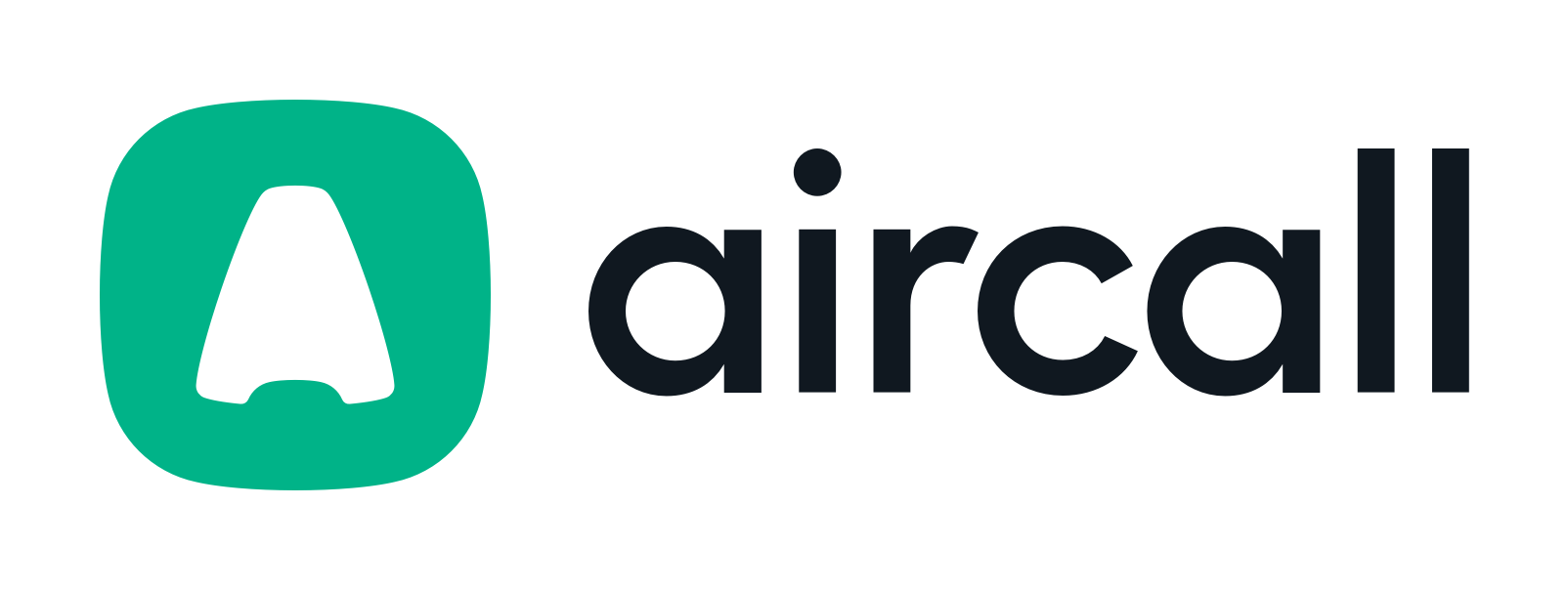
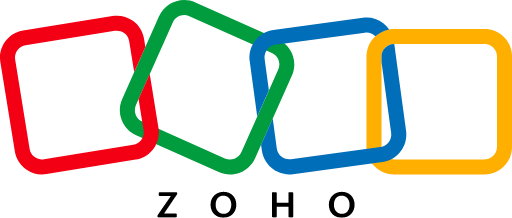
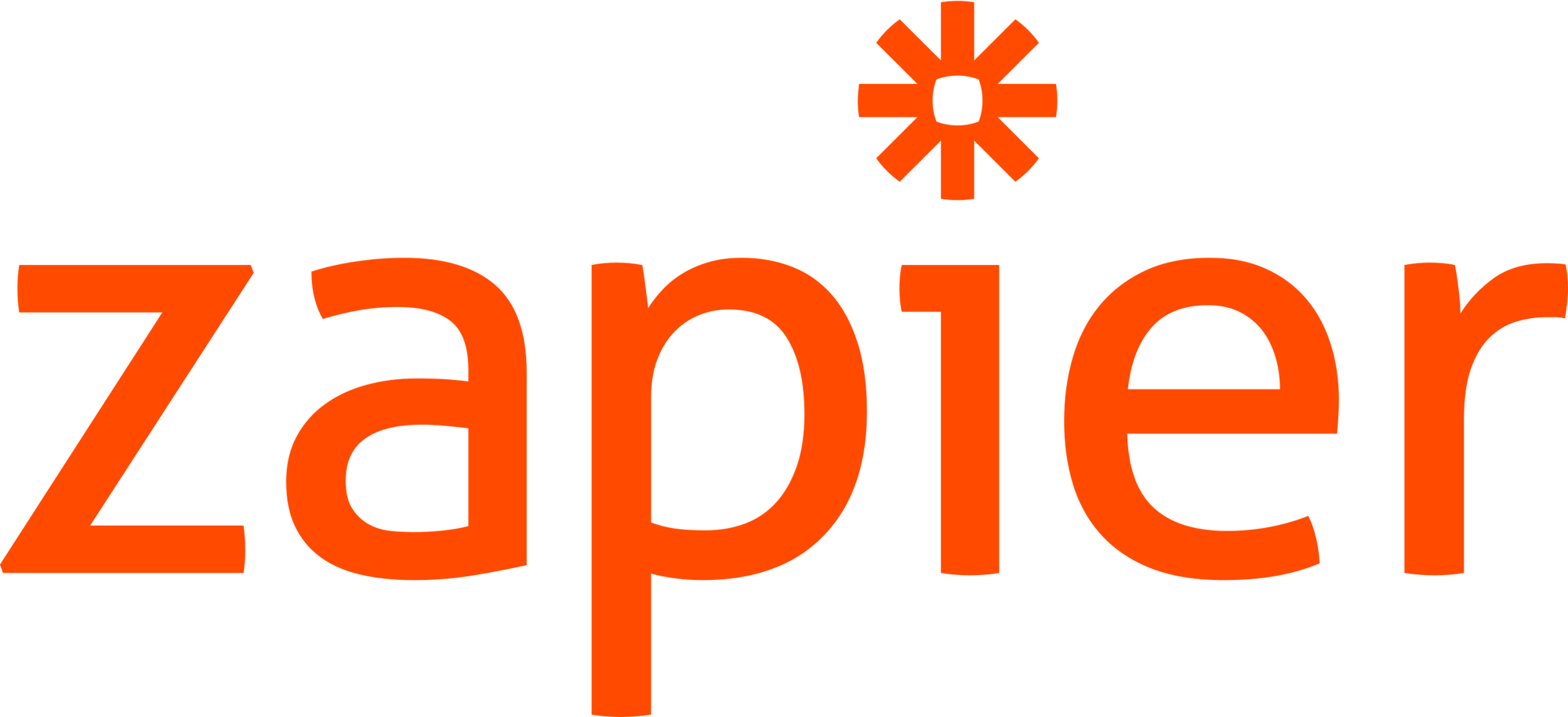




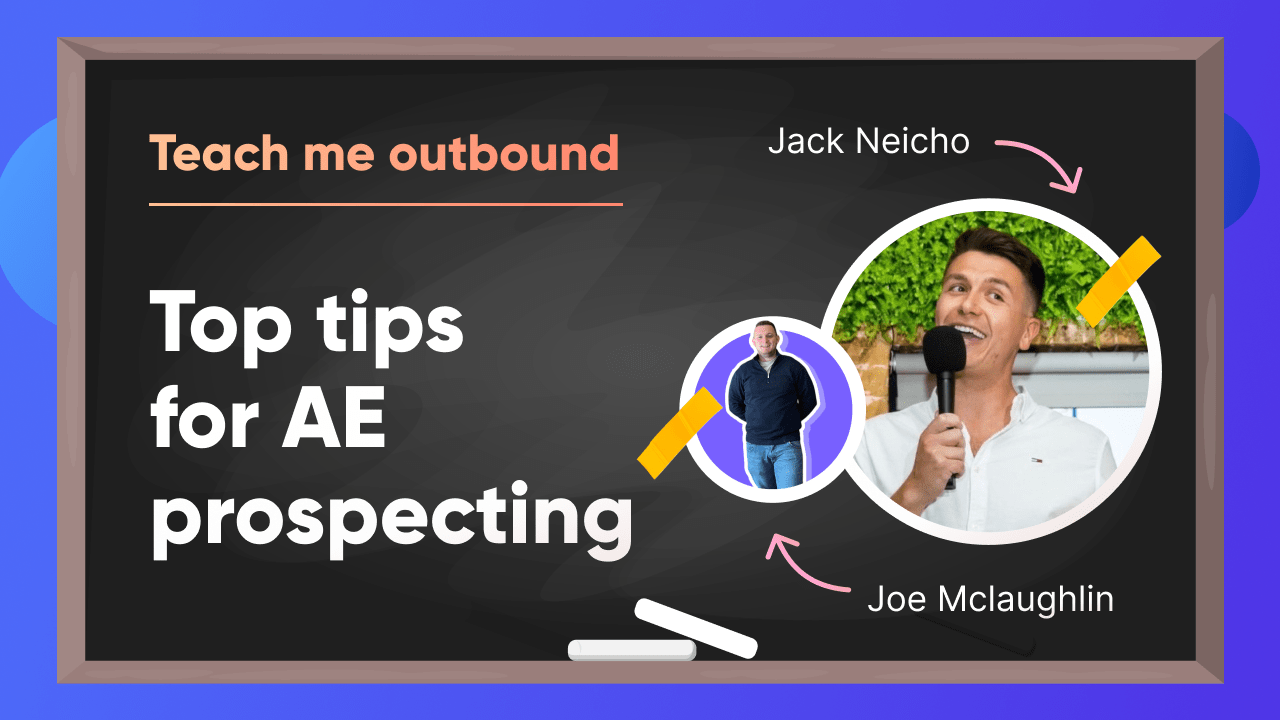
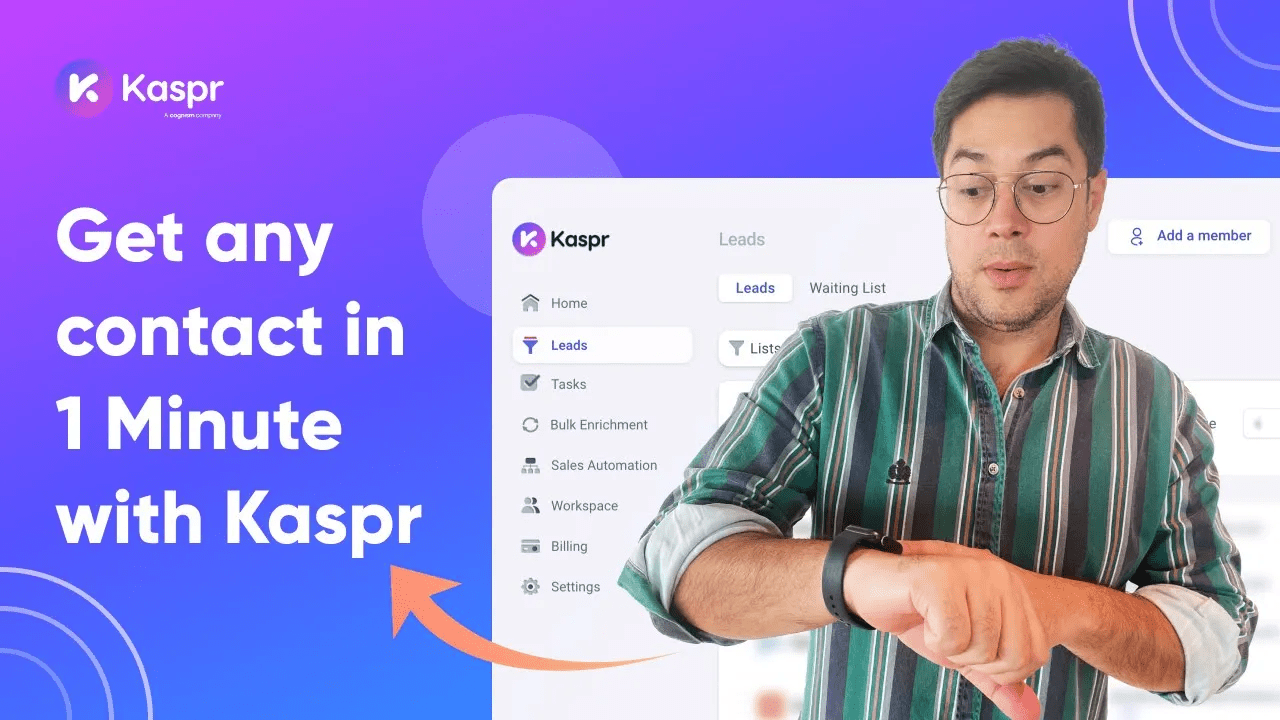

![15 Best Sales Cadence Software For 2025 [Compared]-festured-image](https://6052405.fs1.hubspotusercontent-na1.net/hubfs/6052405/2023%20-%20Blog/EN%20SEO%20blogs%20%28Clusters%29%20%5B%2B%20FR%2c%20ES%20and%20DE%20variations%5D/Outbound%20sales%20%28cluster%29/Sales%20cadence%20software/EN_sales-cadence-software-card.png)
